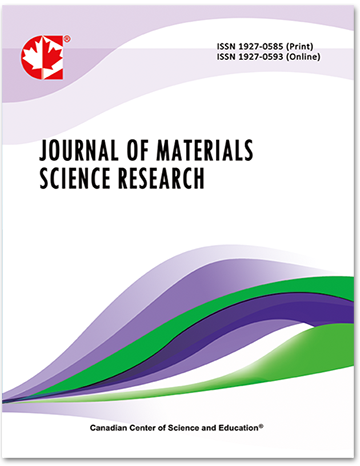Evaluation of the Structural Performance of Lime-Stabilized cubitermes sp Termite Mound Soil as a Sub-Base Layer for Sustainable Pavements
- Louis Ahouet
- Sylvain Ndinga Okina
- Adolphe Ekouya
- Franck Taillandier
Abstract
The scarcity of road materials that can be used directly in the sub-base layer of a road without preparation has led to the use of non-conventional materials. This study describes the feasibility of using hydrated lime-treated cubitermes sp termite mound soils for road construction, based on laboratory tests. Tests of Atterberg limits, dry density, CBR, compressive strength, static modulus and measurement of sinking of the material under traffic were carried out with different proportions of lime (0%, 3%, 5%, 6%, 7%, 9%). The results obtained show that the mechanical properties of soil-lime mixtures improve up to the point of lime fixation at 6% and that above 6% lime, the mechanical properties decrease. The traffic simulation at the rut shows that for the 6% lime mix, microcracks appear from 20.000 cycles and that the average settlement is 2 mm. The friction of the grains under the stresses developed by the passage of the wheel reduces the mechanical bonds of the soil-lime mixture. The rigidity of the material leads to the induced slab effect, which gives the material good behavior in hot weather, without strain or rutting. The mechanical connections during the setting of the soil-lime mixture reduce the friction of the grains under the stresses developed by the wheel. Lime welds the fines into much larger, more or less impermeable particles on the surface, which reduces the crumbling of the material by attrition, a major cause of pavement deterioration. The optimal mix can be used as a sub-base layer or wearing course for low-traffic earth roads (T1 < 300) and for the treatment of the upper parts of embankments. All these results are consolidated by X-ray diffraction (XRD) and scanning electron microscopy (SEM) analyses.
- Full Text:
 PDF
PDF
- DOI:10.5539/jmsr.v12n2p73
Journal Metrics
Impact Factor 2022 (by WJCI): 0.583
Google-based Impact Factor (2021): 0.52
h-index (December 2021): 22
i10-index (December 2021): 74
h5-index (December 2021): N/A
h5-median (December 2021): N/A
Index
- CAS (American Chemical Society)
- CNKI Scholar
- Elektronische Zeitschriftenbibliothek (EZB)
- EuroPub Database
- Excellence in Research for Australia (ERA)
- Google Scholar
- Infotrieve
- JournalTOCs
- LOCKSS
- NewJour
- PKP Open Archives Harvester
- Qualis/CAPES
- SHERPA/RoMEO
- Standard Periodical Directory
- Universe Digital Library
- WJCI Report
- WorldCat
Contact
- John MartinEditorial Assistant
- jmsr@ccsenet.org
